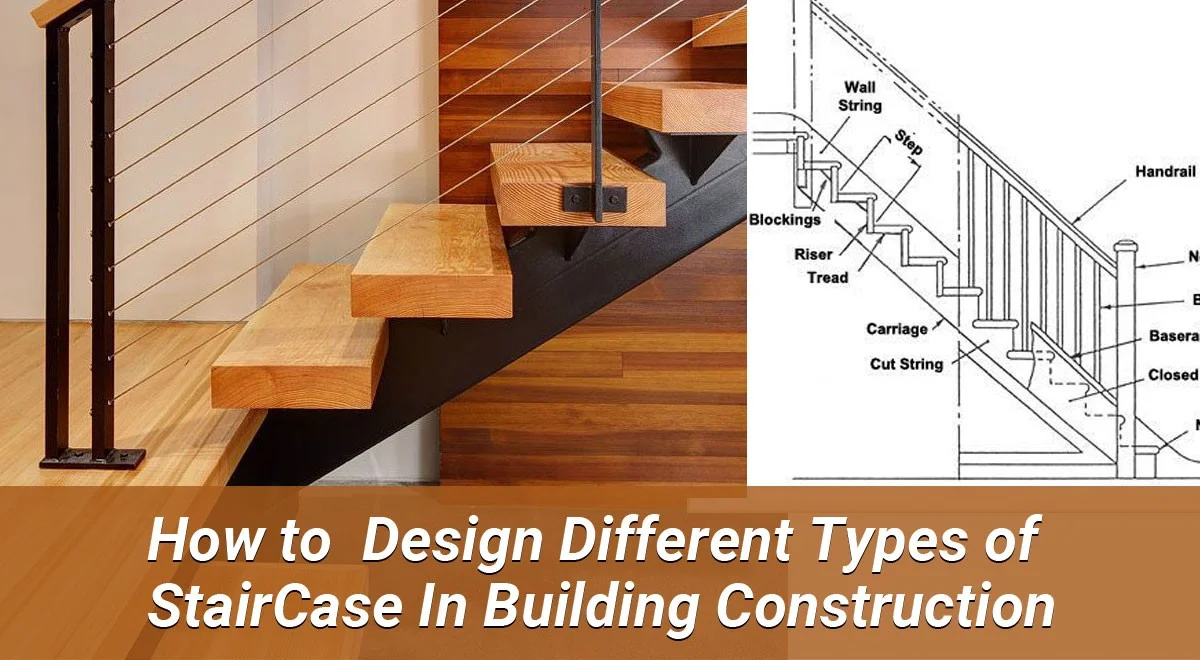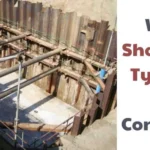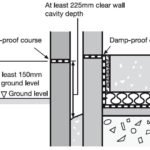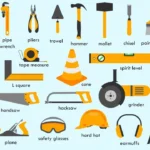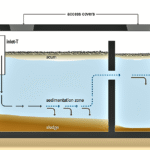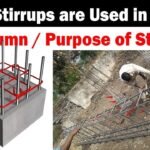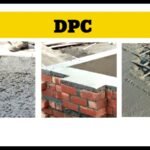A staircase is more than just a way to move between floors. It is a strong design element that can transform the look of your home. A well-designed staircase adds elegance, improves space usage, and ensures comfort for all family members. In Indian homes, staircases also need to be practical and safe. They must fit into varied family needs, adapt to small plots, and suit different budgets. This article explains the most popular staircase types in India, along with their materials, features, space-saving ideas, safety rules, and cost considerations. We also include Indian trends, practical tips, FAQs, and a conclusion to help you plan the perfect staircase for your home.
Quick Decision Guide for Homeowners
| Goal | Best Stair Type | Materials | Notes |
|---|---|---|---|
| Save floor area | Spiral or alternating tread | Steel/Wood | Compact but not great for moving furniture |
| Modern look | Floating/cantilever with glass | RCC + Steel + Glass | Needs skilled construction |
| Budget friendly | Straight RCC with tiles | RCC + Ceramic | Easy to build and maintain |
| Luxury statement | Curved/helical | Stone/Wood/Glass | High cost but dramatic impact |
| Child & elder safety | L- or U-shaped with landings | RCC + Wood + Railings | Wide treads and continuous handrails |
| Multi-use storage | Straight with cupboards below | RCC/Wood + MDF | Plan early for structure |
Why Staircase Design Matters in Indian Homes
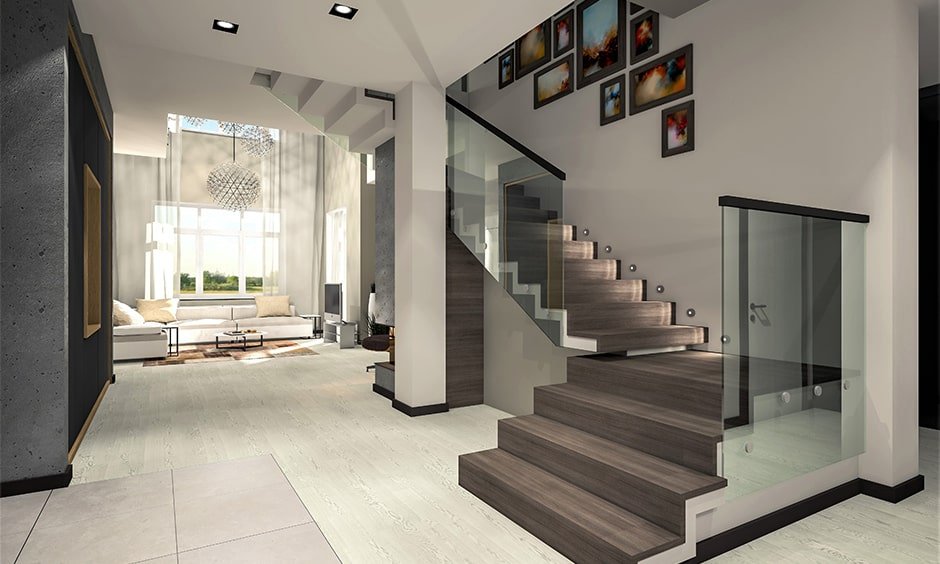
A staircase takes up valuable floor area and affects how people move inside the house. It also impacts ventilation, natural light, and interior style. Traditional Indian homes often use concrete or timber stairs, while modern houses experiment with glass, steel, and floating designs. The right stair design can make small homes feel larger and brighter. It can also become the focal point of your living area. Since Indian families usually include children and elderly people, staircases need to be durable, safe, and comfortable. This makes good staircase design a mix of both beauty and function.
Main Staircase Types in Indian Homes
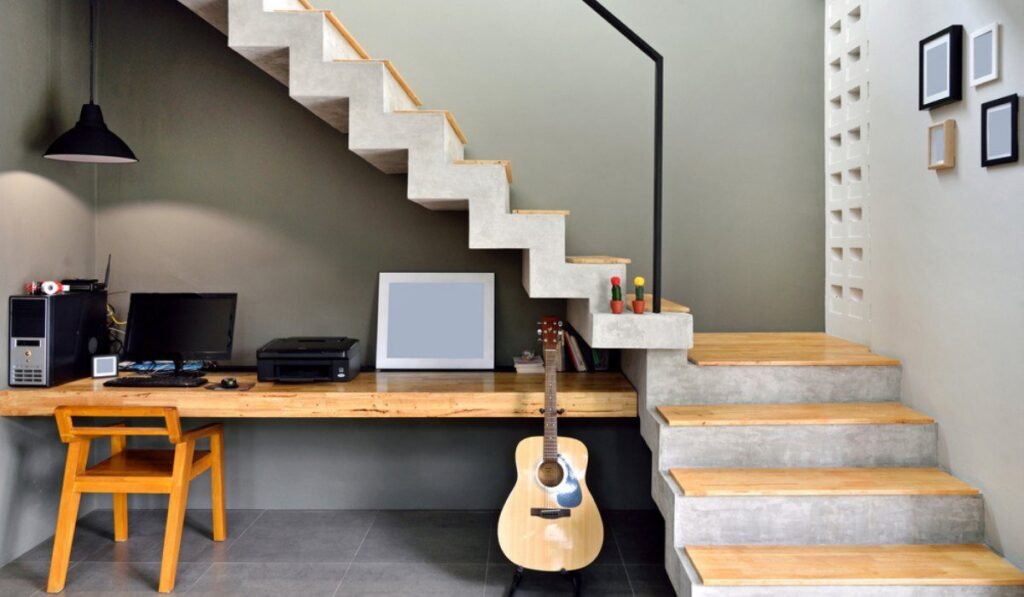
Staircases come in many shapes, and each type has its own advantages. Straight stairs are simple and affordable, spiral and alternating tread stairs save space, cantilever stairs give a modern floating look, while curved stairs add luxury. Designers often choose based on available space, budget, and desired aesthetics. The most common types of stairs in Indian homes are straight flight stairs, L-shaped stairs, U-shaped stairs, spiral stairs, curved or helical stairs, winder stairs, cantilever or floating stairs, bifurcated stairs, and alternating tread stairs. These options allow flexibility for both small and large homes.
Also Read Budget Breakdown: 1000 Sq. Ft House Construction Cost in India
Popular Materials and Finishes in India
The choice of materials strongly influences the look, cost, and maintenance of a staircase. Reinforced concrete is the most common material for structural stairs as it is durable and affordable. Wood offers a warm, classic appeal and is often used for treads or handrails. Teak and oak are popular choices, though they require proper sealing in humid regions. Steel provides a modern look and is used for frames, stringers, or industrial-style staircases. Powder-coated steel and stainless steel are popular in Indian apartments and coastal areas. Glass is often used for balustrades and railings, adding transparency and openness to interiors. Stone such as granite and marble is used for premium finishes. Many modern homes also use a combination of materials—for example, a steel frame with wooden treads and glass balustrades—for durability and style. Proactvie
Staircase Dimension Rules and Safety Guidelines
Stair safety depends on proper dimensions, and in India, the National Building Code (NBC) provides guidelines. For residential homes, riser height is generally kept between 150 mm and 190 mm, while tread depth is at least 250 mm. For comfort, many designers suggest 150–175 mm risers and 250–300 mm treads. The number of risers per flight should not exceed 12 to avoid fatigue. Internal residential stairs must be at least 0.9 m wide, while wider dimensions are required for apartments or public buildings. Clear headroom of at least 2.2 m must be maintained to avoid discomfort. Following these codes ensures comfort, safety, and legal approval for construction.
Key Features for Comfort, Safety, and Style
A staircase is something you use daily, so comfort and safety are essential. Always keep riser and tread dimensions consistent across a flight. Handrails must be installed at a comfortable height of 900–1000 mm, and balusters should be spaced to prevent a child from slipping through. Treads should have non-slip finishes, especially if using marble or tiles. Lighting is another important feature—step lights, wall sconces, or skylights can make stairs safer and more attractive. Landings at suitable intervals provide rest and safe direction changes. Fire safety rules must also be followed in apartments and large buildings. Combining these features ensures the staircase is both safe and visually appealing.
Space-Saving Staircase Ideas for Small Homes
Small Indian homes need clever staircase solutions. Spiral staircases are very compact and are ideal for rooftops and duplexes, although they can be difficult for moving furniture. Winder stairs turn corners without landings and save space, though care must be taken to keep treads safe. Alternating tread stairs, also known as ship ladders, are highly compact but are not suitable for all age groups. Floating cantilever stairs free up space underneath, which can be used for storage or a study corner. Under-stair drawers, cupboards, or bookshelves are also popular in modern Indian homes. These smart designs make the most of limited space without compromising function.
Floating and Cantilever Stairs: A Modern Choice
Floating stairs are a modern favorite in Indian homes. They appear to “float” from a wall or central steel spine, giving the home a light and open look. Glass balustrades are often combined with floating stairs to enhance transparency and make spaces look larger. In India, these stairs are typically built with reinforced concrete slabs or steel beams concealed within walls. While stunning, floating stairs require expert engineering to ensure safety and structural stability.
Curved, Helical, and Spiral Stairs for Style
Curved and helical stairs are popular in luxury Indian homes as they create drama and elegance. They are often placed in entrance foyers or double-height living rooms. Construction is complex and costs are higher, but the result is stunning. Spiral stairs, on the other hand, are more compact and affordable. They are commonly used for secondary access such as rooftop terraces or compact duplex layouts. Both options add charm, though curved and helical stairs are more about luxury, while spiral stairs focus on practicality.
Material Choices for Indian Climates
Choosing the right material also depends on climate. Teak and hardwood work well across most regions but need sealing in humid conditions. Engineered wood is dimensionally stable and suits apartments. Stainless steel is best for coastal cities because it resists rust. Powder-coated steel is affordable but less durable in salty air. Glass balustrades add openness but require frequent cleaning. Granite and marble are durable but should have anti-slip finishes for safety. Selecting the right material helps reduce long-term maintenance costs while keeping the staircase stylish.
Balustrades and Handrail Styles
Balustrades and handrails protect users and also define the staircase’s character. Glass panels with steel or wood handrails are common in modern homes. Vertical steel balusters are simple and safe for families with children. Wrought iron designs suit traditional interiors, while wooden spindles add warmth. Horizontal cable railings are sleek but should be avoided if children may climb them. Handrails must be continuous and smooth for comfort. The right balustrade style completes the staircase look.
Lighting and Visual Effects
Lighting plays a huge role in staircase design. Step lights recessed into risers provide subtle guidance at night. LED strips under treads create a floating effect. Wall sconces and skylights add natural and artificial brightness. In luxury homes, chandeliers or pendants are hung above curved staircases for dramatic impact. Good lighting not only makes the staircase safer but also highlights its materials and design.
Built-In Storage and Multi-Use Stairs
Modern Indian homes use every inch of space. The void under stairs is often turned into storage, a study nook, a small library, or a display shelf. Some designs even include drawers under each riser. This makes the staircase multi-functional and adds value to compact homes. Planning for storage must be done at the design stage to ensure proper structure and ventilation.
Universal Design: Age-Friendly Stairs
Since Indian families are often multigenerational, stairs must be safe for children and elderly people. Gentle risers, deeper treads, non-slip nosing, and continuous handrails are essential. Landings can serve as resting points in tall staircases. For families with mobility concerns, provisions for stairlifts or alternative access should be considered. Universal design ensures comfort for all age groups.
Cost Considerations
The cost of staircases in India varies widely. A simple straight RCC staircase finished with tiles is the most affordable. Wooden stairs with hardwood treads or decorative wrought iron balustrades cost more. Steel spine stairs with glass balustrades fall in the mid-to-high range. Curved and helical stairs are the most expensive because of complex construction and material use. Homeowners should budget based on design goals, available space, and finishes. Prefabricated steel or modular stairs can reduce construction time and cost.
Maintenance Tips
Staircases last longer with proper care. Glass balustrades must be cleaned regularly to avoid stains. Wooden stairs need polishing or sealing every few years. Steel must be repainted or treated against rust. Loose balusters and handrails should be tightened immediately. Tiles or stone must be inspected for cracks or chipped nosing. Regular maintenance keeps stairs safe and prevents costly repairs.
Indian Staircase Trends
Trends show that Indian homeowners prefer modern minimalism with warm details. Floating stairs with glass railings are common in apartments. Wooden treads with brass or metal accents are popular in premium homes. In compact city homes, spiral and alternating tread stairs are being used to save space. Designers also integrate under-stair storage and lighting into stair design. The balance between style, safety, and function is shaping staircase choices across the country.
FAQs
Q1. Which staircase is best for small Indian houses?
Ans: Spiral or L-shaped stairs are popular for small homes. They save space while still being functional.
Q2. Are spiral stairs safe for families with children?
Ans: Spiral stairs can be safe if designed properly with wider diameters, sturdy railings, and non-slip finishes.
Q3. What is the minimum width for residential stairs in India?
Ans: According to NBC guidelines, the minimum clear width is 0.9 m for internal residential stairs.
Q4. Which material is easiest to maintain in coastal cities?
Ans: Stainless steel and granite are ideal for coastal climates as they resist rust and weather damage.
Q5. Can I add storage under my staircase later?
Ans: Yes, but it must be checked for services, ventilation, and structural safety before enclosing the space.
Conclusion
Staircases in Indian homes are not just functional—they are also style statements. The right staircase design balances safety, comfort, and beauty. Straight, L-shaped, and U-shaped stairs are practical for most families, while spiral and alternating tread stairs are excellent for small homes. Floating and cantilever stairs add modern flair, and curved stairs create luxury. Choosing materials that suit your climate and budget will reduce long-term maintenance. Lighting, storage, and universal design features make staircases even more useful. By combining thoughtful design with skilled execution, your staircase can become a stunning centerpiece that adds value and beauty to your home.
